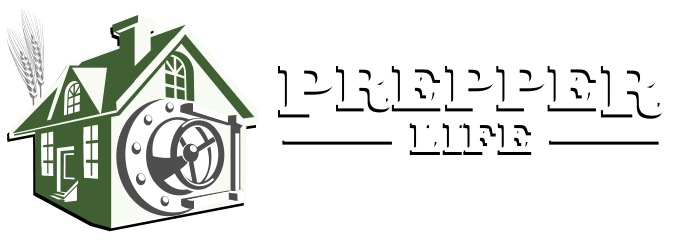Basics
Incorporating basic preparedness measures in every household is crucial for ensuring the safety and well-being of individuals and families during emergencies. Drawing guidance from our basic preparedness articles about food, water, and power preparedness, households can take proactive steps to build resilience. Establishing an emergency food supply, as outlined in the article on basic food preparedness, involves stocking up on non-perishable items, creating meal plans, and rotating supplies to maintain freshness. By following this direction, households can ensure they have sustenance during times when access to food may be limited.
Similarly, basic water preparedness, directs households to store water safely in adequate quantities for all family members and pets. This preparation includes understanding water needs, using proper containers for storage, and knowing how to purify water for consumption. By incorporating these practices, households can address a fundamental necessity for survival and mitigate risks associated with water scarcity during emergencies.
Basic power preparedness, emphasizes the importance of alternative power sources and conservation strategies to cope with potential outages. By having generators, solar panels, or portable chargers on hand, households can maintain essential functions even when the grid is down. Following the guidance on power preparedness can help households navigate disruptions more effectively and ensure a certain level of comfort and security during challenging times.
In addition to food, water, and power preparations, shelter and mental health considerations are also vital aspects of basic household preparedness. Ensuring that shelter is secure and well-equipped with emergency supplies can provide protection from external threats and harsh conditions. Furthermore, prioritizing mental health preparedness by fostering resilience, practicing self-care, and incorporating ways to help your families cope with stress and uncertainty during emergencies will help ease the burden in uncomfortable times. By incorporating these elements into overall preparedness planning, households can enhance their readiness to face a range of potential challenges and emergencies effectively.
Understanding Food Shortages and How to Prepare
Survival: Shelter
The Triangle of Sustained Life
Preparing to Become Prepared
Survival: Hydration
Survival: Nourishment
Having basic preparedness measures in place in every household not only benefits individual families but also strengthens communities as a whole. When each household is equipped with essential supplies and plans for emergencies, the overall resilience of the community increases. Ready.gov emphasizes the importance of basic preparedness expectations such as having a 3-day supply of non-perishable food, water, and medications, as well as developing a communication plan and knowing evacuation routes. By adhering to these guidelines, households contribute to a collective sense of readiness that can mitigate the impact of disasters and emergencies on both a personal and communal level.
In times of crisis, families with basic preparedness in place can respond more effectively to challenges, reducing the strain on external resources and emergency responders. When communities are composed of households that are self-sufficient to a certain extent, the overall recovery process becomes smoother and faster. Ready.gov's emphasis on basic preparedness expectations promotes the idea that individual readiness translates into community resilience, highlighting the interconnectedness of preparedness efforts at the household and societal levels. By promoting and implementing basic preparedness measures across all households, families and communities can enhance their ability to withstand and recover from adverse events, fostering a stronger and more cohesive environment for all residents.
Becoming sufficiently prepared by just employing basic preparedness goes a long way in protecting your family and household. Once you have the fundamentals of food, water and power preparedness at an acceptable state, you can start to advance your preparedness journey to more advanced prepping techniques. Keep in mind you don't need to go from 0 to doomsday prepared overnight, you just need to define what sufficiently prepared looks like for your family and work towards that. Read our getting started article for more information on starting your preparedness journey.






